
Editors Note: Many thanks to Mick Dowdeswell for collating and bringing together the material used in this article.
On 14th May 1940, Mr Anthony Eden, then Secretary of State for War, announced by a broadcast to the Nation that a Force to be known as The Local Defence Volunteers was to be organised in Britain.
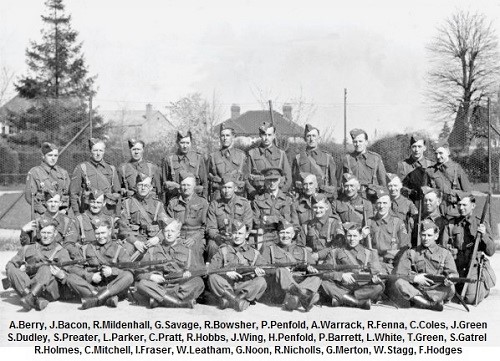
Nine Battalions were immediately formed in the Country, with H.Q. at the principal towns – Abingdon, Maidenhead, Newbury, Pangbourne, Reading, Wokingham, Windsor, (Borough and Crown Lands) Crowthorne and Wantage, while a further Battalion, The Upper Thames Patrol was spread along the upper reaches of the river from Middlesex to the Gloucester-Berkshire border.
Command of the Wantage Battalion was given to Lt-Col. P.W.K. Carr, M.C. late of The Seaforth Highlanders. The Wantage area was to be the Police Divisional Area, roughly from Harwell in the east to the county border in the west, and north-south from the Thames to within a few miles of Hungerford.
The Battalion was split into two companies:
Wantage, under Major J.K.C.Cross (who was also appointed second-in-command of the Battalion), with sub-units at Ardington, Aldworth, Chaddleworth, Childrey, Compton, Eastbury, Farnborough, Fawley, Goosey, Grove, East Garston, Hanney, Harwell, Hendred, Ilsley, Lambourn, Letcombe, Woodlands St Mary and Wantage
Faringdon, under the late Major Major T.E. Allen-Stevens with sub-units at Ashbury, Buckland, Buscot, Compton Beauchamp, Coxwell, Charney Bassett, Coleshill, Hinton Waldrist, Longworth, Longcot, Littleworth, Faringdon, Lyford, Stanford in the Vale, Shellingford, Shrivenham and Uffington.
Battalion H.Q. were located at Wantage Police Station.

The Lambourn Company, The 5th Berkshire (Wantage) Battalion Home Guard.
Formed on the 14th of May 1940, the Local Defence Volunteers of Lambourn and its surrounding villages eventually became a company in the initially 1400 strong battalion. As were others throughout the country, training and equipping as frequently and quickly as daytime employment and supplies permitted.
In September 1940, and still only partially equipped, the company mustered to meet the threat of invasion. Fortunately only a false alarm they were stood down after 24 hours. With winter approaching, the thin denim overalls were beginning to be replaced by battledress – much welcomed by those making up the Night Guard at the exposed Observation Post at Pit Down on the Wantage Road!
Called out on the 3rd of April ’41 in response to reports to the Police of parachutists dropping in the woods to the south-east of Lambourn – they returned within a few hours carrying meteorological instruments belonging to the RAF.
The introduction of the Compulsory Enrollment Act in 1942 brought more new members into the fold and raised the battalion strength to nearly 1900 and close to its maximum of 2,000. Easing the burden on the early volunteers, they were still not enough to prevent incursions by the paratroopers of the British 6th and American 101st Air-borne Divisions during exercises in 1943/1944.
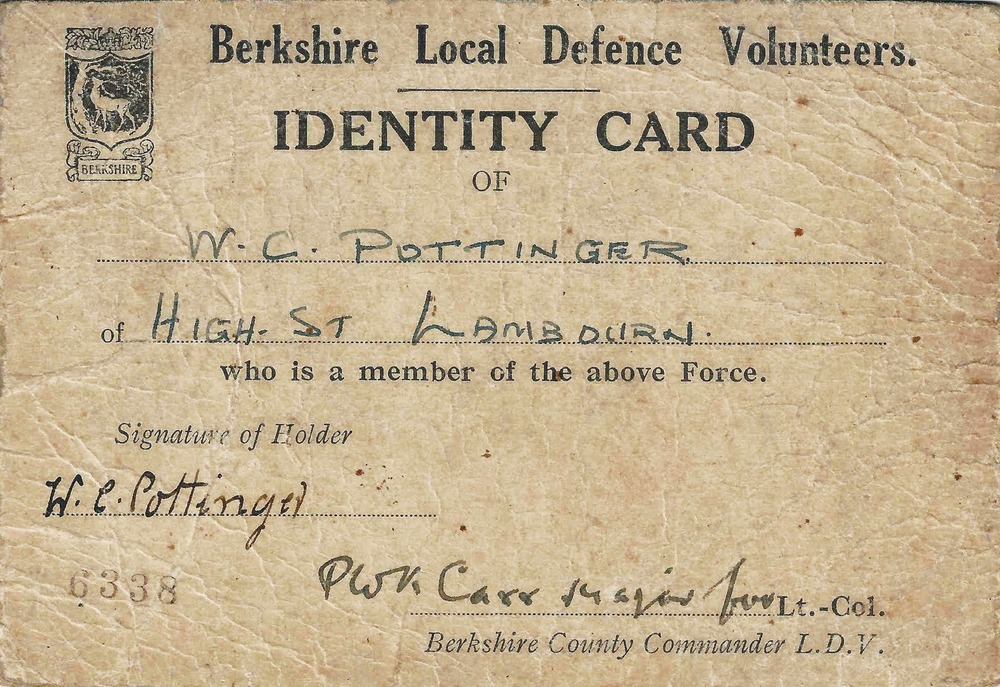
Only one man is believed to have been wounded in the course of his duties during the four years the Lambourn Platoon bore arms. This occurred during rifle drill and when at the trail with bayonets fixed; a momentary lapse in concentration within the squad resulting in serious damage to the trousers and backside of Bert (‘Bud’) Abbot.
In military competitions within the battalion the Lambourn Company was outstanding – winning four of the seven held. In the ‘sporting’ scene they did less well, winning two out of twelve – the Six-a-Side Football Cup and the League Football Cup.
Lambourn was well represented in the battalion’s Officer’s and Other Rank’s teams which won the Sub District Rifle Meeting in competition with the other nine Berk-shire battalions. Major ‘Jack’ Wing, Sgt ‘Les’ White, L/Cpl ‘Bud’ Abbot and Pte ‘Alf Berry being members of the respective six and twelve strong teams.
Gathering for the first time in its history, the battalion disbanded following the Ceremonial Standing Down Parade in Wantage on the 3rd of December 1944.
Personal Reminiscences
Corporal Peter Sopp: Memories of the Lambourn Home Guard
Private Gordon Duffin: Memories of the Lambourn Home Guard





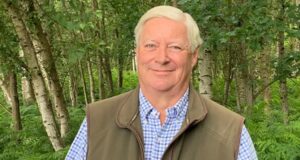
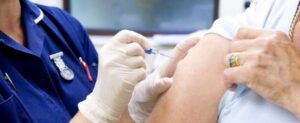

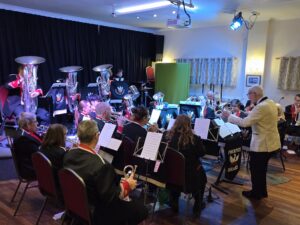
Delighted to see my father, John Bacon, in the Home Guards photo. We lived at Trabbs Farm, Sevenbarrows Road, and when we went to school, “Mr.” Pottinger (also known as Potti), drove the school taxi – a huge car of which I have a photo – transporting a great number of children from outlying houses.
Is there a web site with Lambourn school photographs? I have a photograph of my class, probably about 1952/53 when I was 6 or 7 and I remember the names of over half the children. They include: Clive Bettison, Heather Huntley, Graham Davis, Hazel Rodbourne, Deidre Mountain, Patrick Finnegan, Susan Dancey, Susan Wiggins, Sandra Clayton, Gloria Wilde, Francis Anstee…
Hello Sue, nice to hear from you and your memories. I remember you and was in the same class as your sister Elizabeth! (I was Liz Dowdeswell) There are a few school photos on the website but we would love to include more. Please contact me on lizbeard@hotmail.co.uk. Best Regards Liz
Please publish any school photos of Lambourn school, of the 1950’s. Photos of schoolteachers would be appreciated. Mr Mac and Mrs LLoyd were both a major influence in my rather ragged formative years. Thankyou
Hello Barry, nice to hear from you. I will try and find some for you but they are quite sparse! Mr Mac was a lovely man. I was at school with your sister Pat. I have tried to email you Barry but my emails keep bouncing.